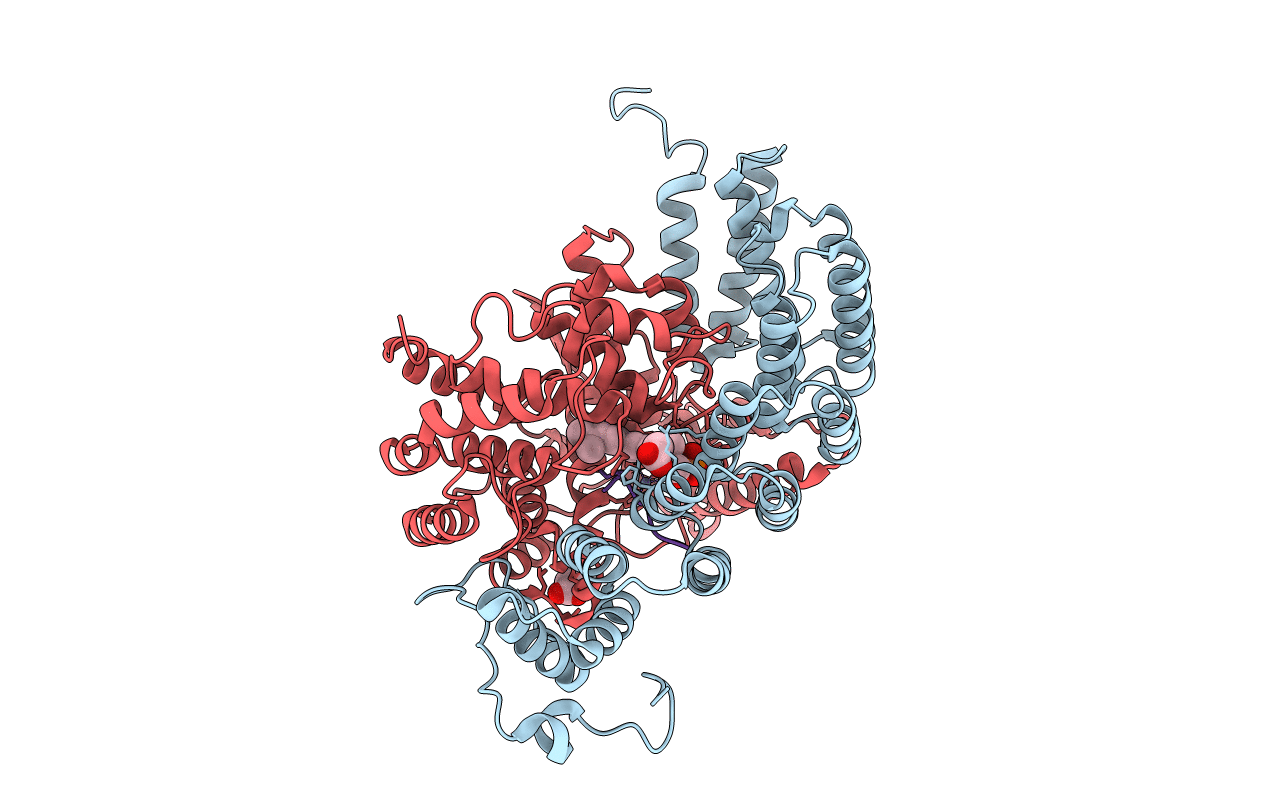
Deposition Date
2004-06-11
Release Date
2004-11-02
Last Version Date
2023-08-23
Entry Detail
PDB ID:
1TN7
Keywords:
Title:
Protein Farnesyltransferase Complexed with a TC21 Peptide Substrate and a FPP Analog at 2.3A Resolution
Biological Source:
Source Organism:
Rattus norvegicus (Taxon ID: 10116)
Host Organism:
Method Details:
Experimental Method:
Resolution:
2.30 Å
R-Value Free:
0.20
R-Value Work:
0.18
R-Value Observed:
0.18
Space Group:
P 61


